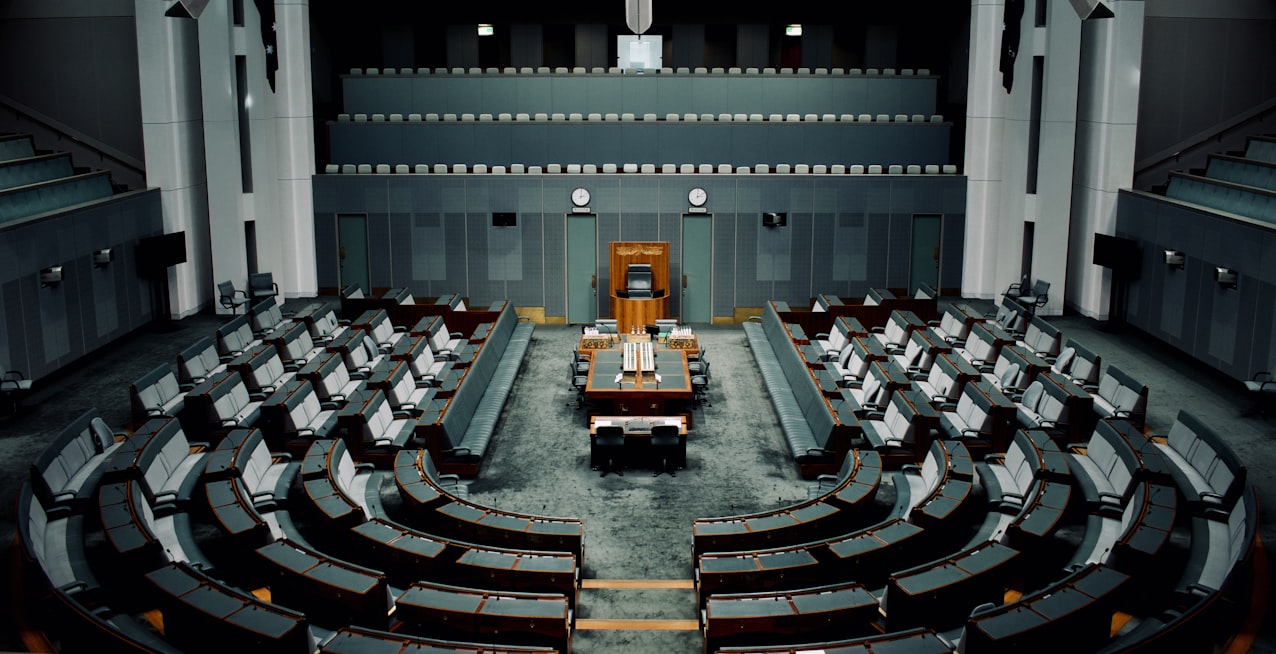The NSW Government has appointed a renowned jury of architects to assess and appoint the teams to contribute designs to the NSW Housing Pattern Book.
The appointment of the jury follows the formal closure of the Expressions of Interest campaign, which saw 212 submissions coming from architects and students from around the globe.
The jury who will assess the submissions includes NSW Government Architect Abbie Galvin as Chair, Architect, and Urban Designer and AIA Gold Medallist Philip Thalis, AIA NSW Emerging Architect 2024 Jennifer McMaster, Architect and Indigenous Spatial Expert Michael Mossman and International Architect Paul Karakusevic who is based in the UK.
It will also feature technical advisors including a quantity surveyor, construction/buildability, planning and compliance and landscape specialists.
The jury will now shortlist up to 15 professional and six student competitors to move through to the stage two design phase with the next stage due to be announced early September. Design submissions will be due by Friday 11 October.
The jury will then select the winning designs with winners expected to be announced by early November.
The Design Competition was launched in July by NSW Government Architect Abbie Galvin, with applicants asked to express their interest in developing housing designs that are simple to build, sustainable and affordable.
The Pattern Book will be launched mid next year and include high-quality residential designs for low-rise housing such as terraces and semi-detached houses as well as mid-rise apartment buildings of up to six storeys.
Developers who use the endorsed pattern-book designs will have an accelerated approval pathway.
This means builders can get on site faster, and people can move into new homes sooner.
To learn more about the Pattern Book Design Competition visit .
Quotes attributable to NSW Government Architect, Abbie Galvin:
“Sydney is a global city and I’m delighted we’ve attracted interest from some of the best architects from Australia and around the world as part of our EOI process.
“A record 230 entries were received for the iconic Opera House design competition so we are elated to receive 212 submissions for the EOI.
“Of the 212 entries 171 expressions of interest were submitted by professional architects and 41 were from architecture students.
“We have had a record domestic turn out but I am also pleased to see entries from Spain, Sweden, Belgium, the Netherlands, UK, US, Canada, Colombia, South Africa, India and Iran.
“We’re looking for designs which are liveable, buildable, replicable, cost effective, sustainable and that meet the needs of the industry and local communities.
“We have secured up to five sites across greater Sydney which will be committed for the development of built demonstration housing projects including sites from ³Ô¹ÏÍøÕ¾s NSW, Landcom and Sydney Olympic Park Authority.
“At the conclusion of the competition, these NSW Government organisations intend to collaborate with the winning architects for each site to deliver a built project based on their competition-winning design.
“Competition winners will also work with me to refine designs into patterns for inclusion in the Pattern Book.
“I am excited that the Pattern Book will be a useful resource for industry, architects, planners, councils and the community for years to come.”







